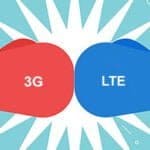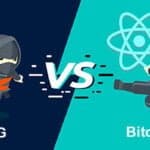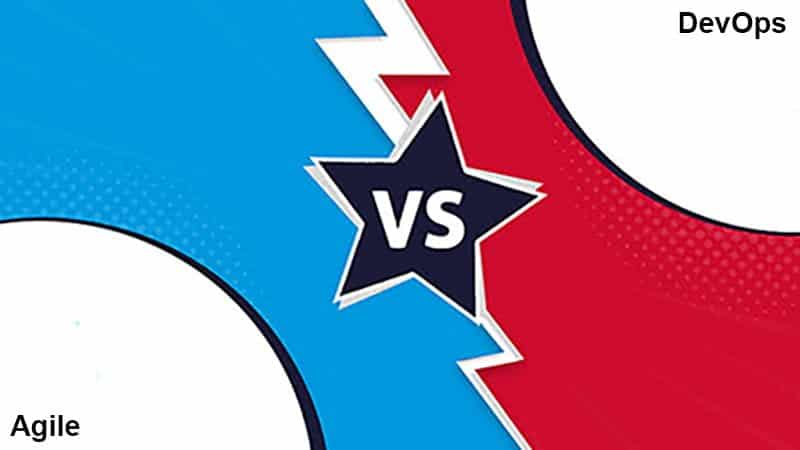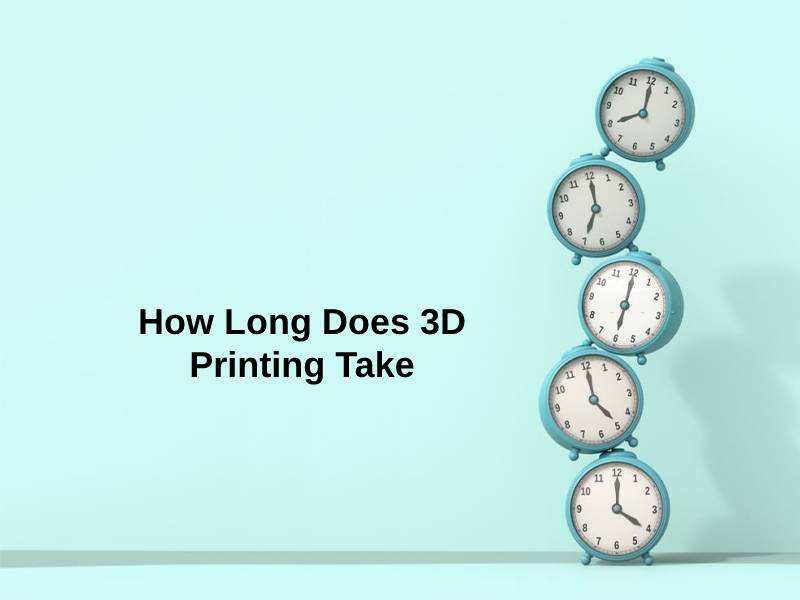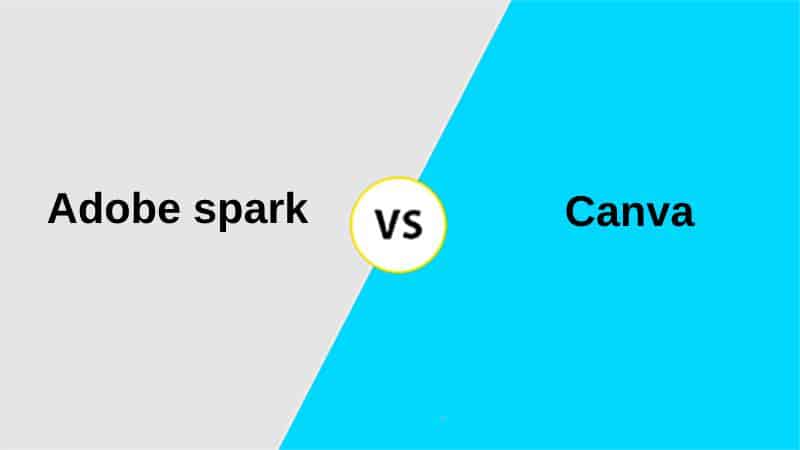5G is faster, less congested, and has a larger capacity than 4G. 5G wireless technology will have more incredible speed and capacity than 4G, supporting 100X the traffic capacity per unit area. 5G is designed to be more efficient with lower latency (a key performance indicator of a cellular network) and can connect to many devices.
5G vs LTE
5G offers significantly faster data speeds, lower latency, and the capacity to connect more devices simultaneously than LTE, enabling advanced applications like augmented reality and autonomous vehicles, while LTE provides a well-established network with reliable coverage, although at slower speeds compared to 5G.
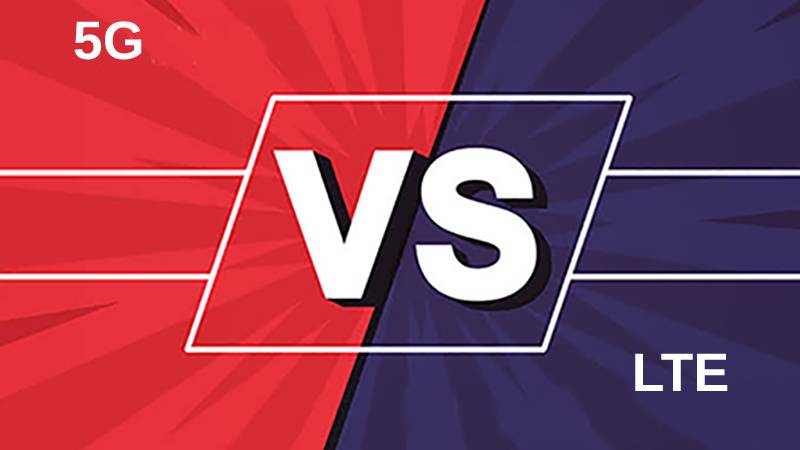
5G is not just an incremental improvement over its predecessors; it’s completely different in everything from frequency bands to modulation techniques. It promises peak data rates of up to 10 gigabits per second (Gbps), more than 100 times faster than 4G LTE. Media companies should be drooling at the thought of such high-speed mobile broadband for live video streaming and other services. Consumers should enjoy much faster downloads for music and videos and more responsive online gaming.
LTE is a wireless communication standard designed to provide up to 10x the speeds of 3G networks for mobile devices. LTE can also be used in fixed wireless applications. In addition to high-speed data rates, LTE provides greater bandwidth efficiency, improved spectral efficiency, and higher system capacity. The technologies that make LTE advanced include carrier aggregation, enhanced MIMO (multiple input/multiple outputs), and higher-order modulation.
Comparison Table Between 5G and LTE
| Parameters of Comparison | 5G (Fifth Generation) | LTE (Long-Term Evolution, 4G) |
|---|---|---|
| Data Speeds | Significantly faster, up to multi-gigabit speeds. | Slower, with typical speeds ranging from tens of megabits to a few hundred megabits per second. |
| Latency | Extremely low latency, below 10 milliseconds. | Higher latency, ranging from 30 to 50 milliseconds. |
| Network Capacity | Higher capacity, can connect more devices simultaneously. | Limited capacity for connecting numerous devices simultaneously. |
| Frequency Bands | Utilizes a broader range of frequency bands, including millimeter-wave (mmWave) for ultra-fast speeds and sub-6 GHz for wider coverage. | Primarily relies on sub-6 GHz frequency bands. |
| Use Cases | Enables advanced applications like autonomous vehicles, augmented and virtual reality, and IoT at scale. | Suited for general mobile broadband and data services. |
| Coverage | It is still expanding and evolving, with ongoing infrastructure development. | Widespread coverage in urban, suburban, and rural areas. |
| Deployment Stage | Still expanding and evolving, with ongoing infrastructure development. | Well-established and widely deployed globally. |
| Backward Compatibility | Compatible with 4G LTE networks, allowing seamless transitions between 4G and 5G. | No backward compatibility with earlier generations. |
| Spectrum Efficiency | More spectrum-efficient, allowing for higher data rates per unit of spectrum. | Less spectrum-efficient compared to 5G. |
| Energy Efficiency | Designed for improved energy efficiency and reduced power consumption. | Initial deployments focus on urban areas; some regions may have limited coverage. |
What is 5G?
5G, short for the fifth generation of wireless technology, is the latest and most advanced iteration of mobile network technology. It represents a significant leap forward from its predecessor, 4G LTE (Long-Term Evolution), offering a host of improvements and capabilities that promise to revolutionize communication, connectivity, and various industries.
Key features and aspects of 5G include:
- Speed and Capacity: 5G networks deliver dramatically faster data speeds compared to 4G, with the potential to reach multi-gigabit per second speeds. This allows for seamless streaming of high-definition content, rapid downloads, and ultra-responsive applications.
- Low Latency: One of the defining features of 5G is its remarkably low latency, below 10 milliseconds. This near-instantaneous communication between devices and the network is crucial for applications like autonomous vehicles, remote surgery, and augmented reality.
- Massive Device Connectivity: 5G networks are designed to support many connected devices simultaneously, making it ideal for the Internet of Things (IoT), where countless devices, from smart appliances to industrial sensors, require connectivity.
- Improved Reliability: With advanced technologies like network slicing and beamforming, 5G offers enhanced reliability and network performance even in crowded areas.
- Use Cases: 5G’s high-speed, low-latency capabilities open up possibilities for various applications, including smart cities, remote work, telemedicine, virtual reality, and more.
- Deployment: 5G networks are being rolled out globally, with ongoing infrastructure development to expand coverage.
5G is poised to transform industries and enable previously impractical or impossible innovations. It has the potential to revolutionize how we connect, communicate, and interact with technology, making it a key driver of the digital age.
What is LTE?
LTE, or Long-Term Evolution, is a standard for wireless broadband communication and high-speed data transfer, called 4G (fourth generation) technology. Developed as an evolutionary upgrade from earlier 3G (third generation) networks, LTE represents a significant advancement in mobile telecommunications.
Key aspects of LTE include:
- Data Speeds: LTE offers considerably faster data speeds than 3G networks, with peak download speeds ranging from 100 to 1,000 megabits per second (Mbps). This enables seamless streaming, rapid downloads, and smooth online experiences.
- Low Latency: LTE networks have relatively low latency, 30 to 50 milliseconds. Lower latency translates to reduced lag and improved responsiveness, making it suitable for real-time applications like video conferencing and online gaming.
- IP-Based Network: LTE is an all-IP (Internet Protocol) network, which simplifies the architecture and allows for efficient data routing and handling, contributing to faster data transfers and network optimization.
- Backward Compatibility: LTE networks are designed to be backward-compatible with 3G technologies, ensuring that devices can seamlessly switch between LTE and older network standards when needed.
- Deployment: LTE has been widely deployed globally, providing broad coverage in urban, suburban, and rural areas. It serves as the foundation for mobile data services, enabling the proliferation of smartphones and mobile internet usage.
- Standardization: LTE is governed by international standards bodies, ensuring interoperability and compatibility among different carriers and device manufacturers.
LTE has played a crucial role in the evolution of mobile communications, facilitating the growth of mobile data usage and enabling a wide range of applications, from mobile browsing and social media to app-based services. While newer technologies like 5G have emerged, LTE continues to serve as the backbone of mobile networks, providing reliable and high-speed connectivity to millions of users worldwide.
Main Differences Between 5G and LTE
5G (Fifth Generation):
- Significantly faster data speeds, up to multi-gigabit per second.
- Extremely low latency, below 10 milliseconds.
- Higher network capacity, enabling more simultaneous device connections.
- Utilizes a broader range of frequency bands, including millimeter-wave (mmWave) for ultra-fast speeds and sub-6 GHz for wider coverage.
- Enables advanced applications like autonomous vehicles, augmented and virtual reality, and IoT at scale.
- Initial deployments focus on urban areas; some regions may have limited coverage.
- Compatible with 4G LTE networks, allowing seamless transitions between 4G and 5G.
LTE (Long-Term Evolution, 4G):
- Slower data speeds compared to 5G, with typical speeds ranging from tens of megabits to a few hundred megabits per second.
- Higher latency, ranging from 30 to 50 milliseconds.
- Limited network capacity for connecting numerous devices simultaneously.
- Primarily relies on sub-6 GHz frequency bands.
- Suited for general mobile broadband and data services.
- Widespread coverage in urban, suburban, and rural areas.
- No backward compatibility with earlier generations (e.g., 3G).







